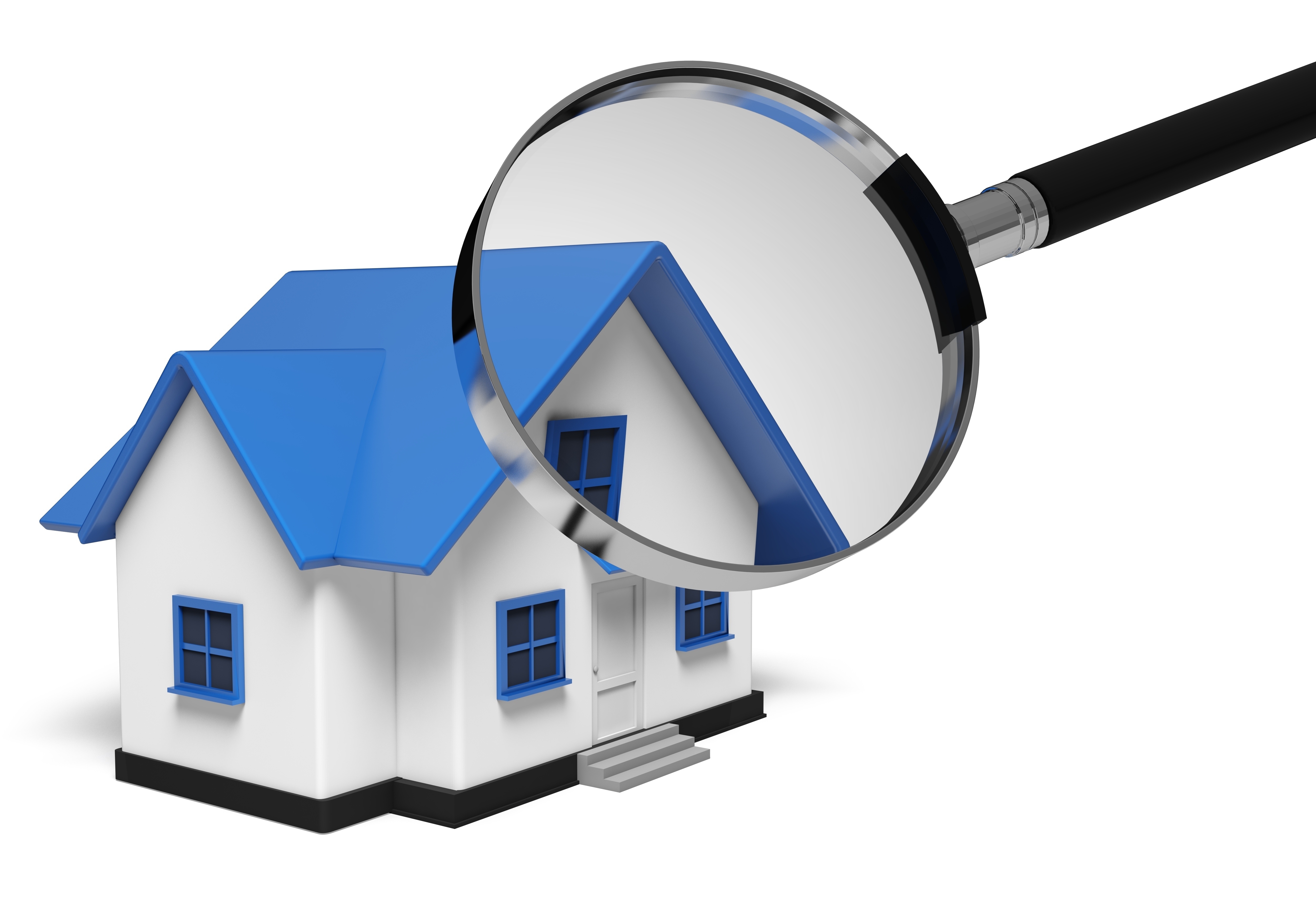
What Are the Components of an Appraisal?Purchasing a home is the most significant investment most people will ever consider. It doesn't matter if where you raise your family, a seasonal vacation home or an investment, purchasing real property is a detailed transaction that requires multiple parties to make it all happen. You're likely to be familiar with the parties taking part in the transaction. The real estate agent is the most familiar entity in the exchange. Next, the mortgage company provides the money necessary to finance the deal. And the title company ensures that all requirements of the transaction are completed and that the title is clear to transfer from the seller to the purchaser. So, who's responsible for making sure the property is worth the amount being paid? In comes the appraiser. We provide an unbiased estimate of what a buyer might expect to pay — or a seller receive — for a property, where both buyer and seller are informed parties. A licensed, certified, professional appraiser from MacAdams Real Estate Appraisals, LLC will ensure, you as an interested party, are informed. Inspecting the subject propertyTo determine the true status of the property, it's our responsibility to first conduct a thorough inspection. We must actually see aspects of the property, such as the number of bedrooms and bathrooms, the location, and so on, to ensure they truly are there and are in the condition a typical buyer would expect them to be. The inspection often includes a sketch of the property, ensuring the square footage is correct and illustrating the layout of the property. Most importantly, the appraiser identifies any obvious amenities - or defects - that would have an impact on the value of the house. Next, after the inspection, an appraiser uses two or three approaches to determining the value of the property: sales comparison and, in the case of a rental property, an income approach. 
Cost ApproachHere, the appraiser uses information on local construction costs, the cost of labor and other factors to calculate how much it would cost to replace the property being appraised. This value commonly sets the upper limit on what a property would sell for. The cost approach is also the least used method. 
Sales ComparisonAppraisers can tell you a lot about the subdivisions in which they appraise. They thoroughly understand the value of certain features to the homeowners of that area. Then, the appraiser researches recent sales in close proximity to the subject and finds properties which are 'comparable' to the home in question. Using knowledge of the value of certain items such as upgraded appliances, additional bathrooms, additional living area, quality of construction, lot size, we adjust the comparable properties so that they more accurately portray the features of subject.
Once all necessary adjustments have been made, the appraiser reconciles the adjusted sales prices of all the comps and then derives an opinion of what the subject could sell for. At MacAdams Real Estate Appraisals, LLC, we are experts when it comes to knowing the worth of real estate features in Plainfield and Hendricks County neighborhoods. The sales comparison approach to value is usually awarded the most importance when an appraisal is for a home sale. Valuation Using the Income ApproachA third method of valuing a house is sometimes used when an area has a measurable number of renter occupied properties. In this case, the amount of revenue the real estate produces is factored in with other rents in the area for comparable properties to determine the current value. Arriving at a Value ConclusionCombining information from all approaches, the appraiser is then ready to state an estimated market value for the property in question. The estimate of value at the bottom of the appraisal report is not always what's being paid for the property even though it is likely the best indication of a property's valuePrices can always be driven up or down by extenuating circumstances like the motivation or urgency of a seller or 'bidding wars'. Regardless, the appraised value is often employed as a guideline for lenders who don't want to loan a buyer more money than they could recover in the event they had to sell the property again. Here's what it all boils down to, an appraiser from MacAdams Real Estate Appraisals, LLC will help you get the most fair and balanced property value, so you can make the most informed real estate decisions. |